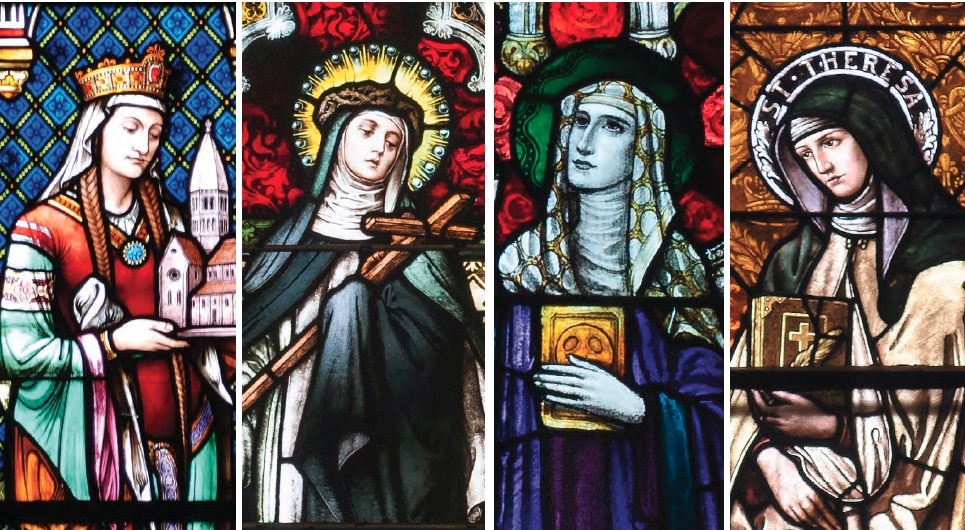
The title “Doctor of the Church” is a rare honor given to saints whose writings and lives offer profound theological insight. Among them are four remarkable women—let’s explore who they are through this FAQ.
A Doctor of the Church is a saint recognized by the Church for their outstanding contribution to theology or doctrine through writings, preaching, or holiness (CCC 203).
There are four: St. Hildegard of Bingen, St. Catherine of Siena, St. Teresa of Ávila, and St. Thérèse of Lisieux. They stand among 37 total Doctors as of 2025.
St. Hildegard (1098-1179) was a German Benedictine abbess, mystic, and polymath. Known for her visions recorded in works like Scivias, she also composed music and wrote on medicine and nature. She was named a Doctor in 2012 by Pope Benedict XVI for her holistic theology.
St. Catherine (1347-1380), a Dominican tertiary, wrote The Dialogue, a mystical conversation with God about salvation. She influenced popes during the Avignon Papacy and was declared a Doctor in 1970 by St. Paul VI for her teachings on divine love and courage.
St. Teresa (1515-1582), a Spanish Carmelite reformer, authored The Interior Castle, a guide to prayer and spiritual growth. Her writings on contemplation earned her the title in 1970 from St. Paul VI, making her the first woman Doctor. She also co-founded the Discalced Carmelites with St. John of the Cross.
St. Thérèse (1873-1897), a French Carmelite nun, developed the “Little Way” of spiritual childhood in her autobiography, Story of a Soul. Named a Doctor in 1997 by St. John Paul II, her simple yet profound approach to holiness contrasts with the scholarly depth of other Doctors. Her focus on trust and love reshaped modern spirituality.
Historically, women had limited access to formal theological education and writing opportunities. The Church’s criteria—eminent learning, holiness, and papal declaration—favor those with preserved works, often men, though these four women overcame barriers through extraordinary grace.
The pope declares a saint a Doctor after their writings are studied for doctrinal clarity and lasting impact. For these women, their holiness and teachings were deemed exemplary for all Catholics (CCC 203).
These women offer diverse lessons: Hildegard’s integration of faith and creation, Catherine’s boldness in truth, Teresa’s depth in prayer, and Thérèse’s simplicity in love. Their lives show that holiness transcends gender and time, inspiring modern Catholics to seek God in unique ways. They remain vital voices in a world hungry for wisdom and grace.
Read their works—Scivias, The Dialogue, The Interior Castle, and Story of a Soul—or explore the Catechism (CCC 203, 888-892). Vatican biographies and books like Doctors of the Church by Bernard McGinn provide deeper context.
Learn More about the Sacred Heart of Jesus on our Youtube Channel